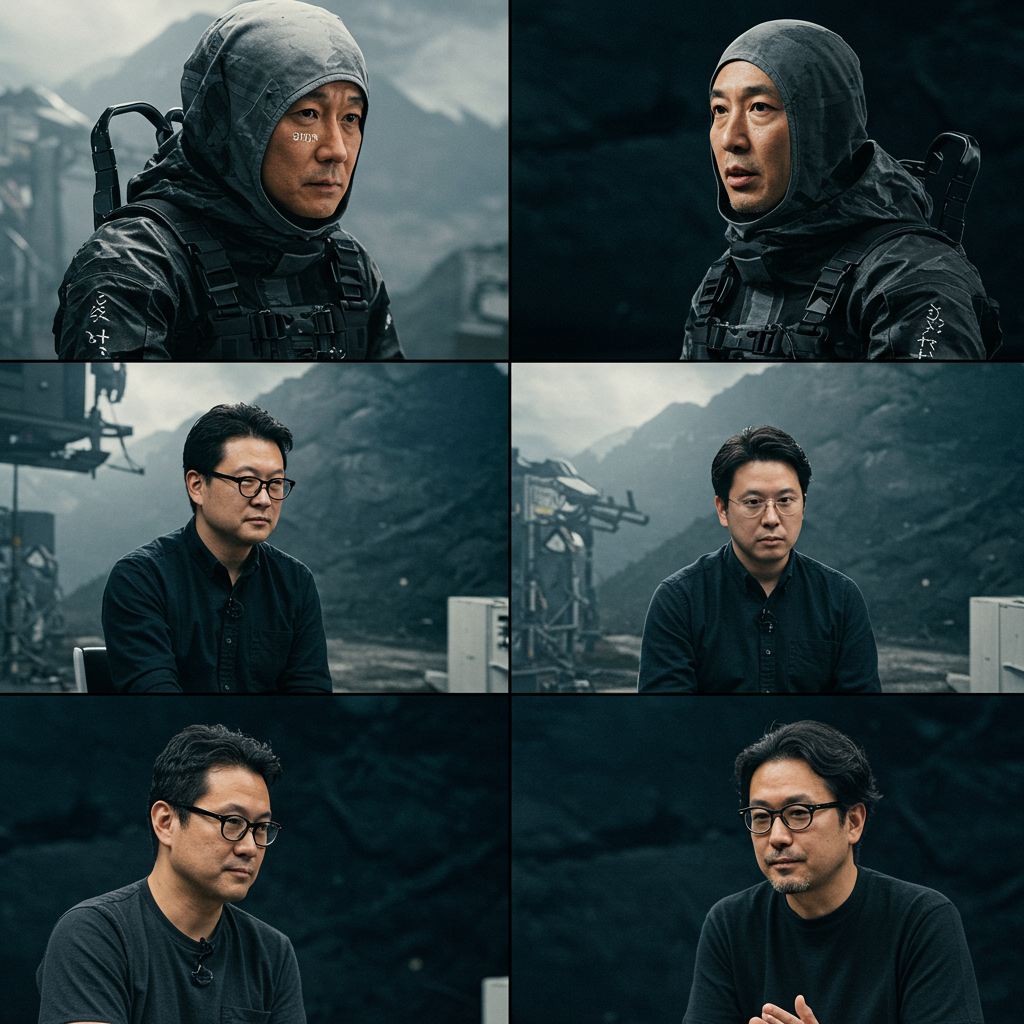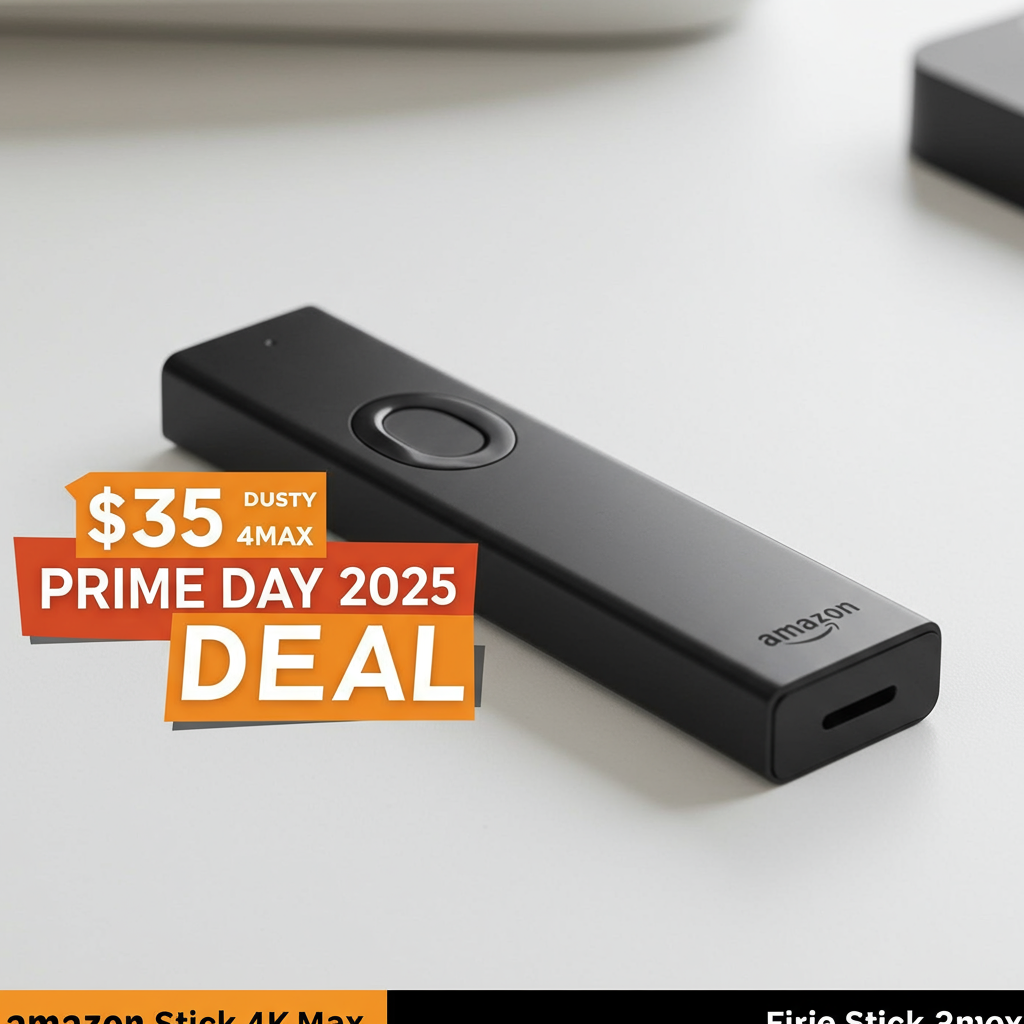Sam Porter Bridges is back. Get ready to rejoin him on a new, expansive journey when death Stranding 2: On the Beach launches on PlayStation 5 consoles. Ahead of its highly anticipated release, key members of the development team shared deep insights into the game’s creation. We spoke with Art Director Yoji Shinkawa, Lead Level Designer Hiroaki Yoshiike, Technical Art Director Takayuki Uchida, and Chief Technology Officer Akio Sakamoto from Kojima Productions. They revealed the inspiration behind Sam’s next chapter and how they leveraged cutting-edge technology and design principles to bring this world to life. This is a look inside the making of Death Stranding 2.
Building Worlds with the Decima Engine
Development for Death Stranding 2 began with a significant advantage over its predecessor. CTO Akio Sakamoto explained that the team had a far better grasp of the powerful Decima Engine this time around. During the first game’s creation, mastering the engine’s complex features while pushing for a quick release was the primary focus.
This foundational knowledge for the sequel allowed developers to better leverage Decima’s capabilities. They could implement improvements tailored specifically to Death Stranding 2‘s ambitious vision. It wasn’t a revolutionary technological leap, but rather a significant evolution in how they could utilize the existing tools to achieve higher fidelity and more dynamic systems.
PS5 Power Unlocked: Visuals and Performance
Death Stranding 2 is built specifically for the PlayStation 5. The game boasts substantial graphical advancements thanks to the console’s power. Technical Art Director Takayuki Uchida highlighted a key enhancement: a brand-new day/night cycle.
This system creates incredibly realistic transitions between times of day. It dynamically changes the scenery and atmosphere throughout the open world. Exploring the environment becomes even more compelling and unpredictable as light and shadow play across the terrain.
Performance was also a major consideration. For the base PS5 in Performance Mode, the team stabilized the framerate. They achieved this by adjusting the Level of Detail (LOD) switching earlier and dynamically scaling resolution. players seeking the highest visual quality have options. On the PS5 Pro, players can enjoy a resolution much closer to Resolution Mode quality while still targeting smooth 60fps gameplay.
Evolving Gameplay: Combat and Delivery
The combat in Death Stranding 2 sees significant evolution. Lead Level Designer Hiroaki Yoshiike detailed the principles guiding these changes. The core goal was to make combat more intuitive, satisfying, and grittier than in the original game.
One notable simplification involves ammunition. The first game required players to switch bullet types based on enemy weaknesses. While this served the world-building, the developers removed this complexity in the sequel. Gunplay has been refined to feel much snappier and responsive. They also added slo-mo effects during combat sequences. This makes chaining attacks easier and more rewarding for players.
Despite these enhancements, the fundamental nature of Sam remains central. He is a porter first and foremost. The action emphasizes movements grounded in Sam’s physical abilities. Stylish, overly acrobatic moves were avoided in favor of actions that feel true to his character and profession. Interestingly, this sequel offers players more flexibility regarding combat and vehicle use compared to the first game. Director Hideo Kojima drew an analogy to the Metal Gear Solid series, where later entries became more accessible to players who didn’t strictly adhere to stealth. Similarly, Death Stranding 2 accommodates players who might prefer engaging enemies directly or utilizing vehicles more freely, while still allowing for strategic avoidance and focusing on delivery.
Weapon design also ties into the core gameplay loop. Art Director Yoji Shinkawa explained the philosophy behind the new additions. Since the game is fundamentally about transporting supplies, weapons are treated as cargo. New weapons are designed to fold and transform into boxes or containers. This ensures they integrate visually and functionally into the delivery system. The team worked to make these transformations believable, avoiding an uncanny appearance in the game’s CGI.
Deeper Emotions: Characters and Performance Capture
The characters in Death Stranding 2 feel noticeably more expressive and nuanced. This enhanced authenticity is a direct result of technological advancements and a focus on storytelling. Technical Art Director Takayuki Uchida revealed they leveraged 4D scanning technology for key characters.
This sophisticated process captures subtle muscle movements and intricate facial expressions of the actors. By preserving these details, the characters’ actions and emotions resonate more deeply with players. Storytelling is at the heart of Death Stranding 2, and this technology serves that purpose by delivering more believable and impactful performances. Director Hideo Kojima himself noted that the quality of performance capture has evolved significantly since the first game, not through a new technology, but through the continuous refinement of existing processes, much like the visual improvements seen between Avatar films. The casting process often involves working directly with actors Kojima admires or feels bring unique qualities, like Léa Seydoux returning as Fragile or casting Luca Marinelli (Neil) and Alissa Jung (Lucy), praising their captivating performance sessions. Notably, Mads Mikkelsen’s character, Cliff, will not return as his story concluded in the first game.
Designing New Threats: Enemies and Backstories
Creating new enemies is always a challenge, and for Death Stranding 2, Hideo Kojima pushed his team to innovate. Art Director Yoji Shinkawa discussed the process, highlighting Kojima’s constant demand for novelty. New designs had to be entirely fresh and different.
This included designing massive bosses and the intriguing Ghost Mech. Developing the Ghost Mech went beyond just creating its visual appearance. The team also expanded upon its origin and backstory, weaving it more deeply into the game’s lore and narrative.
Exploring Expansive, Dynamic Environments
The world Sam traverses in Death Stranding 2 is vast and filled with diverse landscapes. The developers poured significant effort into crafting these environments. Technical Art Director Takayuki Uchida specifically pointed to the snowy mountains.
He noted that the snowy regions will offer an even more compelling experience than in the first game. The difficulty players face will vary dramatically depending on the climbing routes they choose. However, challenging ascents promise breathtaking, rewarding views at the summit. New geographical locations like areas mirroring Mexico and Australia introduce fresh terrain and environmental challenges. The choice of a continent roughly the size of North America bordered by oceans allowed for new narrative possibilities, connected via a fictional “Plate Gate” mechanism.
The Social Strand System Evolves
The Social Strand System (SSS) was a defining feature of the first Death Stranding, fostering unique connections between players across the globe. Lead Level Designer Hiroaki Yoshiike expressed excitement about its return and evolution in the sequel. The team was genuinely surprised and impressed by player engagement with the SSS in the original game, particularly the dedication some players showed to building infrastructure like highways.
This player behavior directly influenced the design of Death Stranding 2. New communal building projects have been added, such as the monorail system. This provides more varied activities for players who enjoy contributing to the shared world. The ‘likes’ system, initially debated internally, proved popular and emotionally rewarding for players and remains a key element for fostering those connections.
The Influence of a Pandemic: Rewriting Themes
While Death Stranding 2 was conceptually planned before the COVID-19 pandemic, the real-world event profoundly impacted its narrative and themes. Director Hideo Kojima revealed that his personal experience during the pandemic, including falling ill and feeling isolated, led him to “rewrite” the game’s story.
The first game explored the dangers of isolation and the necessity of connecting a fragmented world. However, the pandemic forced a reliance on virtual connections. Kojima observed that while this facilitated survival and remote work, it also seemed to diminish the appreciation for crucial in-person interactions. Remote creative work, in his experience, proved incredibly inefficient. Death Stranding 2 now delves into a more complex question: “Should we have connected?” The game explores the potential negative aspects of excessive connection. A subtle clue to this theme shift is present in the game’s logo, where strands now hang towards the title, representing a different dynamic compared to the first game’s logo where they hung down. This reflects Kojima’s post-COVID reflections on the balance between physical presence and technological connection. The narrative will also explore deeper into Sam’s backstory and his relationship with Lou.
Crafting the Soundtrack: New Sounds for a New Journey
Composer Ludvig Forsell returns to score Death Stranding 2. He shared insights into the musical direction, which evolves from the first game. While the original score had roots in retro horror/synth, the sequel’s inspiration is more conceptual. Forsell aimed to create a soundtrack that is more satisfying to listen to on its own, moving slightly from the avant-garde ambient focus of the first game.
He continues using foley and sound design derived from everyday objects, maintaining continuity with the world’s tactile nature. However, new experimental approaches were incorporated, including recording avant-garde voicework from small vocal ensembles. These recordings were resampled, adding a human, analog layer to the score. Expect deeply emotional tracks alongside contributions from collaborators like Woodkid, whose music is tied to specific characters and significant moments. Hideo Kojima facilitated bespoke collaborations with artists, placing their unique songs into resonant points within the game.
Development Challenges and the Road to Launch
Bringing a game of this scale to life involves immense effort. Takayuki Uchida recalled a casual hallway conversation early in development that quickly escalated into a full brainstorming session when Hideo Kojima joined, instantly shifting the atmosphere with his rapid-fire, outside-the-box ideas that inspired the team.
However, development was not without hurdles, particularly during the pandemic. Director Kojima described the difficulty of directing performance capture sessions remotely from Tokyo, calling it nearly impossible compared to being on set with actors. Despite working remotely, the team persevered. The most rewarding aspect for Kojima was simply the ability to finish the game under such unprecedented circumstances. Now, the team is thrilled to finally launch the game. Lead Level Designer Hiroaki Yoshiike reiterated their excitement. He promised a game packed with features and mechanics players will enjoy. The Social Strand System remains a key element, allowing players worldwide to connect in unique ways. Every connection formed will lead to unique experiences, and players are encouraged to discover those special moments.
Frequently Asked Questions
How does Death Stranding 2’s combat improve on the first game?
The developers aimed for more intuitive, satisfying, and grittier combat. They removed the complexity of switching bullet types based on enemy type. Gunplay feels snappier, and new slo-mo effects during combat make chaining attacks easier and more rewarding. While Sam remains a porter focused on grounded action, the game offers players more flexibility to engage in combat directly if they choose, a shift from the first game’s emphasis.
What new locations can players explore in Death Stranding 2?
Death Stranding 2 expands the world significantly. New locations mirroring real-world geography, specifically Mexico and Australia, are featured. The game utilizes a fictional “Plate Gate” mechanism to connect these regions to North America. The developers also invested heavily in revisiting and enhancing snowy mountain environments, promising more challenging and visually rewarding exploration routes than in the previous title.
What are the PS5 Pro enhancements for Death Stranding 2?
For players using a PS5 Pro, Death Stranding 2 offers specific visual enhancements. While the base PS5 utilizes dynamic resolution scaling and earlier Level of Detail (LOD) switching to maintain a stable framerate in Performance Mode, the PS5 Pro allows for a higher resolution. This resolution is much closer to the visual quality seen in Resolution Mode while still targeting a smooth 60 frames per second gameplay experience.
A New Journey Awaits
Death Stranding 2: On the Beach represents a significant evolution for the series. From leveraging the Decima Engine more effectively and pushing graphical boundaries on PS5, to refining core gameplay systems like combat and the Social Strand System, the development team has poured their expertise into crafting this sequel. Influenced by real-world events and driven by a desire to explore complex themes of connection, the game promises a deeper narrative and a richer world to explore. Get ready to join Sam on this ambitious new delivery mission.
Word Count Check: 1170




